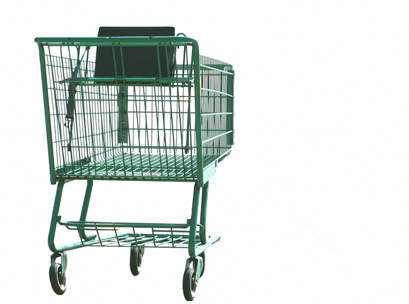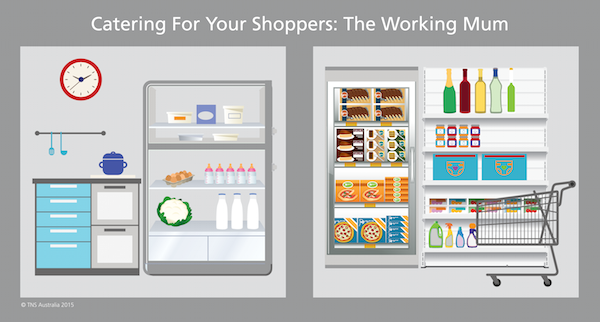 Two steps to understanding shopper insights from the outside
Two steps to understanding shopper insights from the outside
I may be a researcher, but I am also a shopper and a consumer. Yesterday I popped into my local store on the way home from work and spent just 10 minutes there. Understanding what I am doing in those 10 minutes is absolutely crucial, but the question around what I am doing in the other 23 hours and 50 minutes (other than sleeping of course!) is also critical to capitalising on my shopping needs and behaviours.
Understanding and interpreting fundamental needs and unnoticed behaviours outside the store can also inform what may be valuable to the shopper in the store and have a huge bearing on the way categories and layouts can be presented. In addition, understanding the link between different consumer types (consumer segments) and shopper types (behavioural segments) can lead to very powerful conclusions about what truly motivates the shopper to do what they do.
My colleague Peter Firth recently explained how taking a ‘Shopper Selfie’ allows us to see the intersection between shoppers with consumers in terms of how different behaviours, needs and brand interactions can influence the purchase decision journey. So what is it then about fundamental needs and behaviours out of the store that inform what value in store and how does that impact shopper marketing decisions?
- Home and away: analysing behaviours and usage patterns
Analysing behaviours both in and out of the home allows you to quickly ascertain how products are used together in the same occasion (both from single or multiple categories). Sometimes cross product interactions are subtle and can only be interpreted through considered observation.
Understanding how products are stored in the home also provides clues as to how and why consumers group products in their own minds. These factors might include proximity, safety, frequency of use and specific usage occasions.
These insights provide a smart opportunity to arrange products and categories in an output that reflects these ‘out of store’ behaviours, such a wine and cheese or bread and vegemite.
- You’ve had a bad day: identifying needs across different occasions
Understanding needs and tensions and how they differ by occasions also provides very revealing insights within the shopping environment and can guide different approaches to category layouts such as assembling products around key needs areas.
We’ve seen examples where entire fixtures have been re-assembled around consumer needs rather than product types such as with cheese, wine, snacks and confectionery.
The influence of emotions is also important on what the consumer feels as they interact with products and provides an opportunity to adjust the ‘look and feel’ of the fixture to support or alleviate any tensions that the consumer come shopper may be feeling.This is particularly relevant for categories where there is more emotion at play (e.g. medicines, skincare and personal hygiene).
Getting it right: how and when to make a change
The prospect of potentially radical changes to category layout can be daunting as it is overlaid by the concern that shoppers simply will not ‘get it’ and walk away without a purchase. Clearly this is not the desired outcome, but don’t be overwhelmed.
Start by making progressive changes or trialling in select stores. Additional signage also can help mitigate any short term effects and help your shoppers make the transition more easily. Also ensure that you analyse as much consumer data as possible – their needs and behaviours outside the store – and then find ways to connect this with in store based data. The biggest insight is remembering every shopper is different; so while understanding their behaviours in the store is crucial keep in mind that just like you and me they also have lives outside the store.
James Brown is a client service director at TNS Global, the world’s largest consumer and shopper insights agency. He advises clients on growth strategies around new market entry, innovation, brand switchin, and stakeholder management.
















